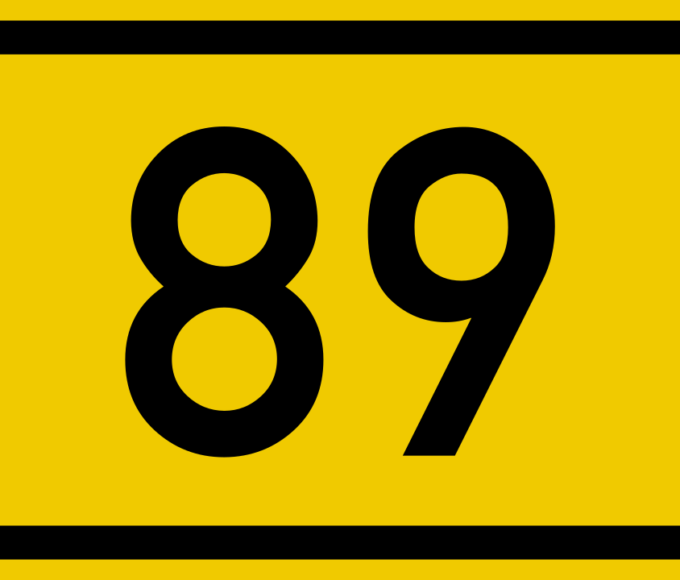In recent years, the world of product design has undergone some profound and revolutionary changes. People are pressuring the personalized products which are pushing the businessman to do low volume production over mass production. Therefore, production methods are moving away from mass production and towards the more advanced modes such as low volume production, which has seen a steady surge of popularity nowadays.
Many industries have found that low volume production allows them to explore new markets and products with minimum risk and less time and money.
Low volume production is an effective phrase that describes the mass production of niche products into a smaller volume at high rates. It is a quick production method used for low quantity production before starting the actual serial production process. There are different techniques in low volume manufacturing to produce several parts, such as injection molding, CNC machining, and 3D printing.
Injection molding is the most common method for mass manufacturing high-volume products or parts. However, to meet the requirements of low volume production, custom injection molding has become available for designers and engineers.
Low volume manufacturing generally precedes 50 to 100,000 parts, acting as a bridge between prototyping of total volume production at a quick rate. It ensures faster time to market and gives you design flexibility for bridge production.
It can complete the contemporary design of products using leading-edge technology. Manufacturers counterbalance the abrupt capital expense in advance with high volume productions that reduce the cost per product with a suitable format. It also enables the production of identical parts in large quantities with the help of low-volume manufacturing techniques.
Following are the low-volume manufacturing techniques below.
- Injection molding
- CNC Machining
- 3D Printing
Injection molding
Injection molding is a manufacturing method of obtaining molded product parts by injecting molten material into a mold with the use of heat then cooling and solidifying them according to the project specifications. Injection molding is beneficial for low volume production as it provides higher strength and durable material.
It usually works for low-volume production and allows customers to request customization production. It is helpful for clients who have low-volume molds as it will enable the repetitive production of approved designs.
There are low-cost materials for tooling having a limited life span, such as aluminum, that don’t last as long as their steel-build counterparts. It is affordable for small to mid-sized manufacturing companies to provide flexibility. It is quite different from standard molds as it can get the best impression.
Moreover, making tools takes weeks to months and creates high tooling prices. However, right now 3D printing was employed to make injection molding tools, which could save time on the tooling parts.
CNC Machining
CNC(computerized numerical control) machining is a subtractive manufacturing technology that uses circular cutters to remove materials from the source material in low volume production. CNC machining controls the movement of production equipment and a range of sophisticated machines. It is used with a wide variety of materials than injection molding, which can create products quicker and at a lower cost.
It is certainly the best manufacturing technique proven to be successful in low volume manufacturing with the impressive feature of creating several parts with characteristics that are difficult to achieve by machine-creating standard parts.
CNC machining contains automated machines operated by computers executing controlled commands that are leaders in making vital products in the industry. A single machine packed with different programs can change the tools to produce a part with a shorter small batch production time.
Moreover, it can hold large size machines, visualization and, designing. The advanced computerized CNC machines can only be accommodated and operated by experienced mechanics.
3D Printing
3D(three-dimensional) printing is a specific low volume additive manufacturing technique that produces products without using tools with the help of CAD files. Companies make use of 3D printers for low-volume production. 3D printing is faster and enables products from design to market the quickest design freedom and sustainable manufacture over other low-volume manufacturing techniques.
3D printing is a modern technology used for many purposes and is very easy to use. There are many uses of 3d printing in different working departments. 3D printing is used in industries, medicine, home, markets, many organizations, etc. The most important applications of 3D printing are education, photography and manufacturing, pharmaceutical, construction, art, and jewelry. 3D printing is an easy way to sketch their views easily without using many materials. It helps the user to print objects like 3d dimensional CAD images.
With decades of development, there are 7 most common 3d printing technologies. You can see as followings:
1. Binder jetting
2. Direct energy deposition
3. Material extrusion
4. Material jetting
5. powder bed fusion
6. Sheet lamination
7. VAT polymerization
The best technique for low volume production is 3D printing as it has more incredible speed and tries iterations of tools quickly, but it is expensive.
Conclusion
The implications of low-volume production are becoming more and more severe with time. The popularity of this technology is increasing as the product life cycle shortens and the demand for the product increases. Furthermore, the techniques utilized for low-volume manufacturing are cost-effective in the long run since they reduce time to market, improve design flexibility, reduce risks, and aid in cost-cutting efforts, among other benefits. Low-volume production is becoming more efficient and economical as technology advances, allowing consumers to obtain more customized parts at reduced rates while maintaining the same quality.








Leave a comment